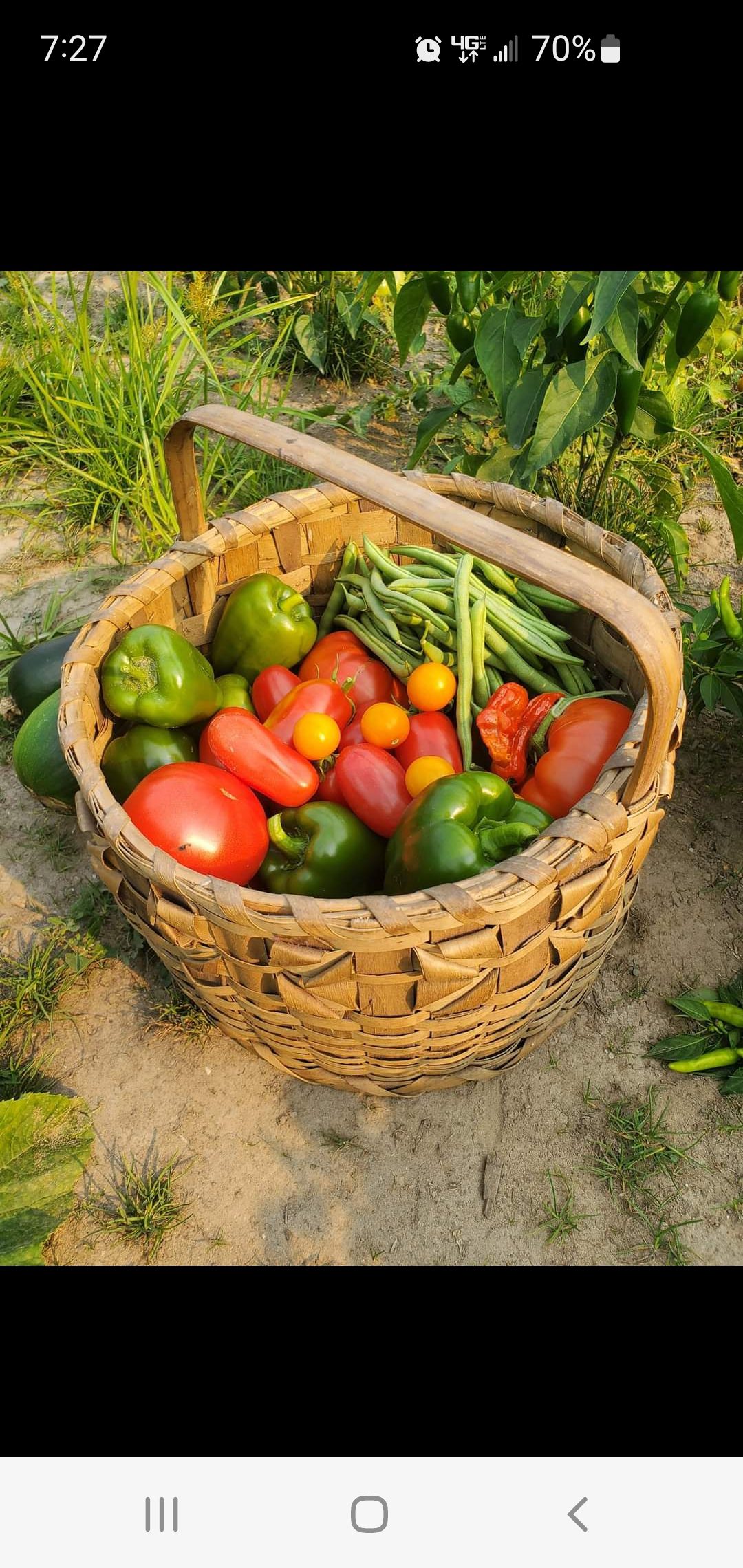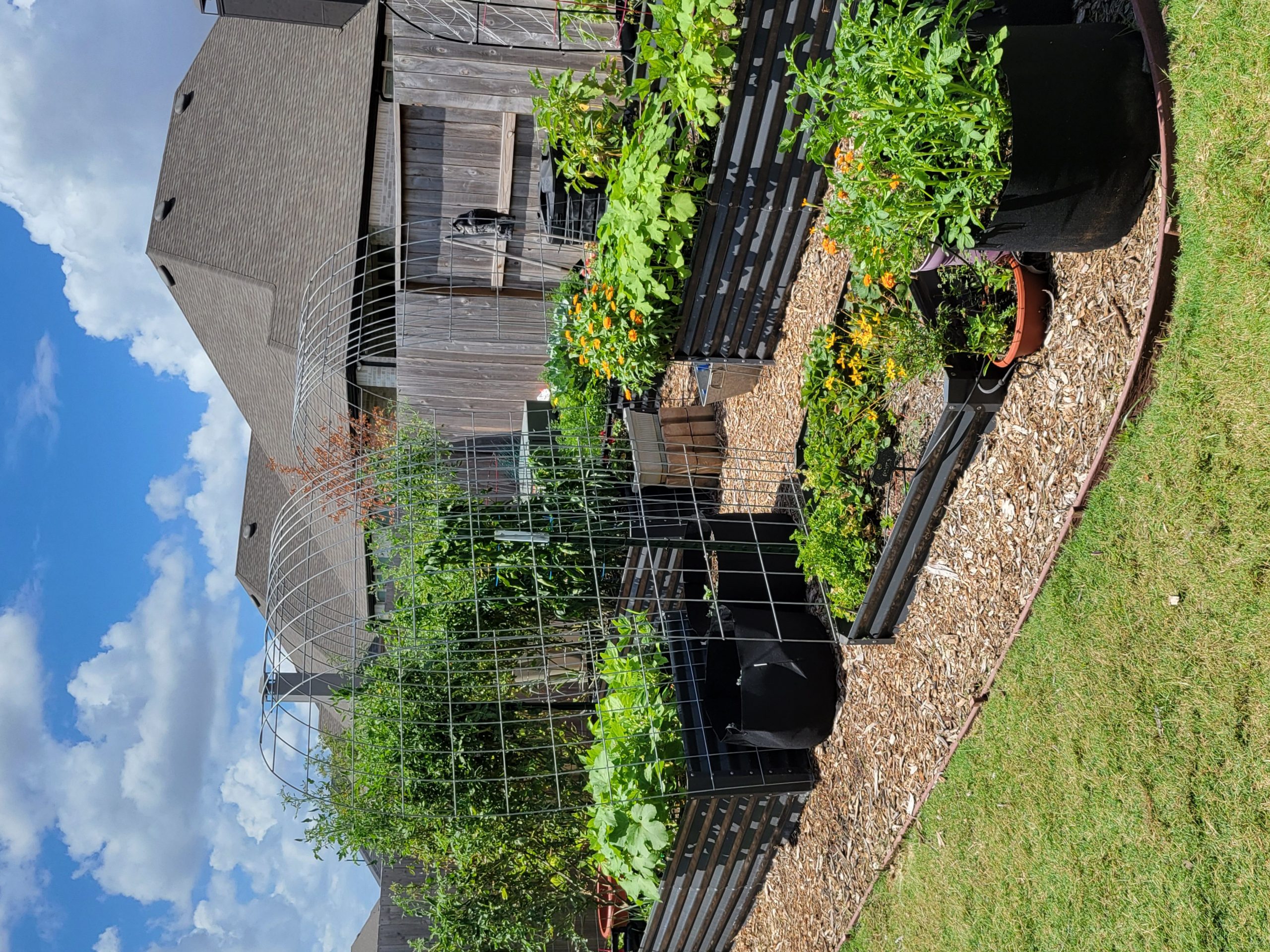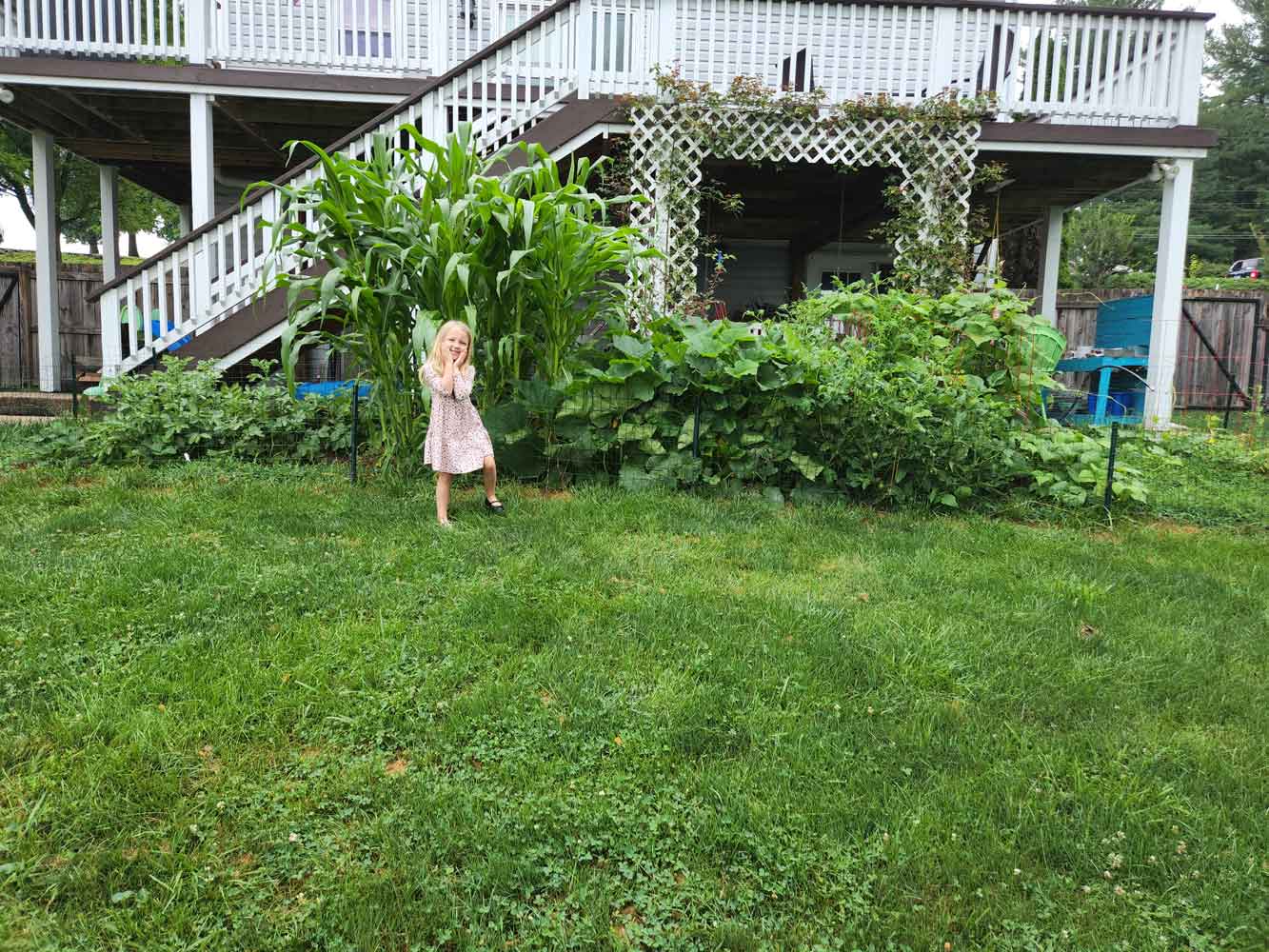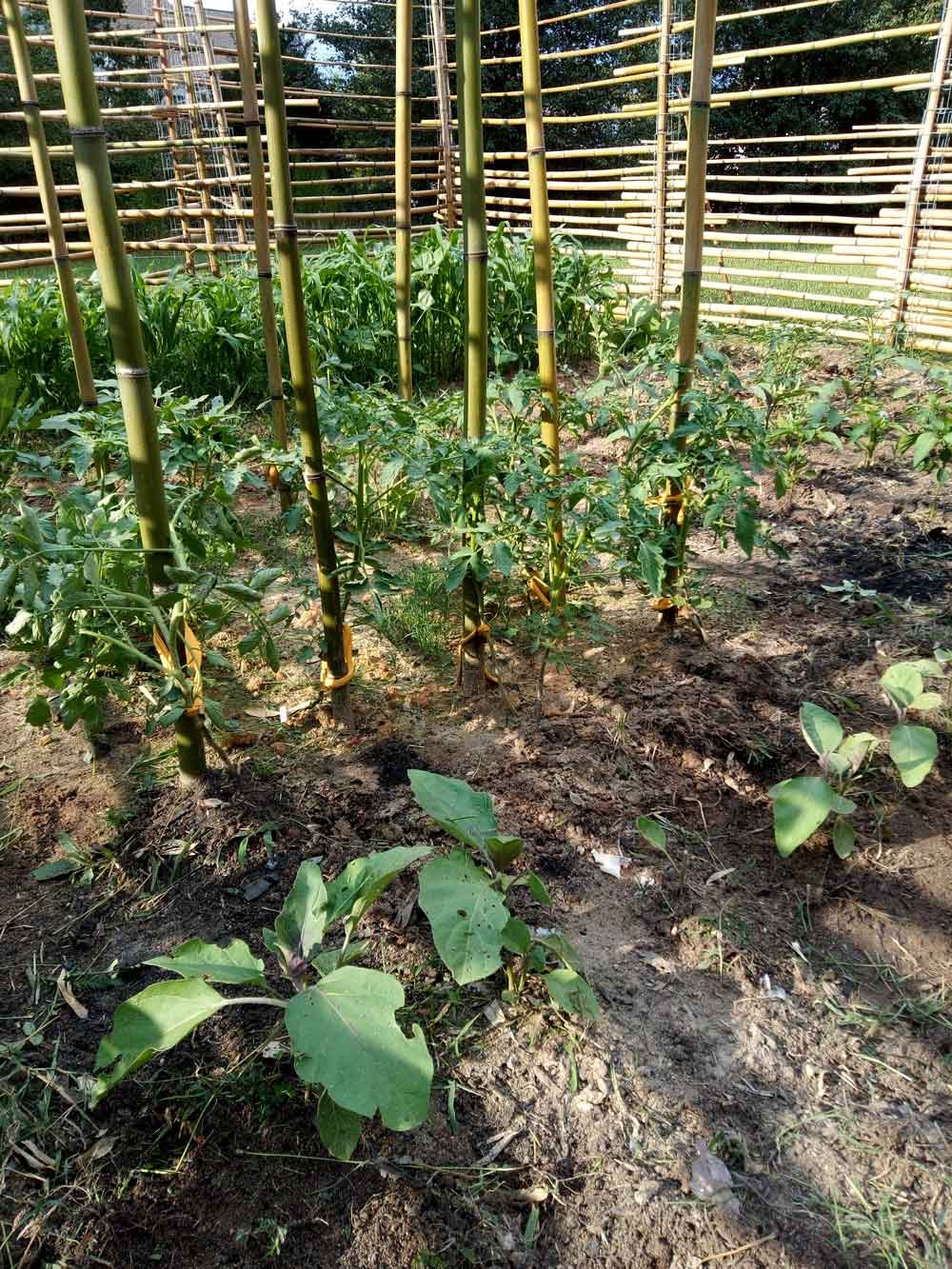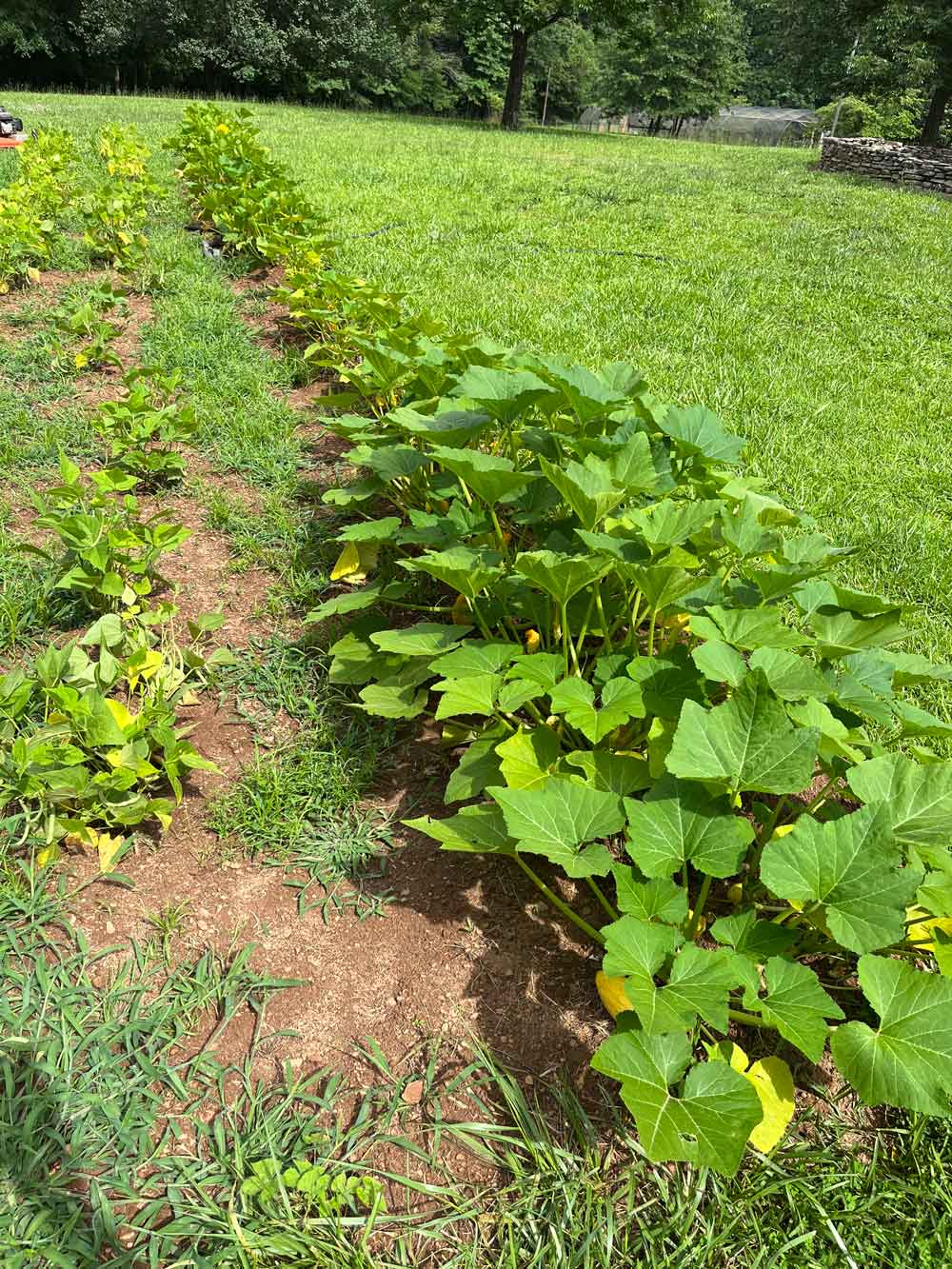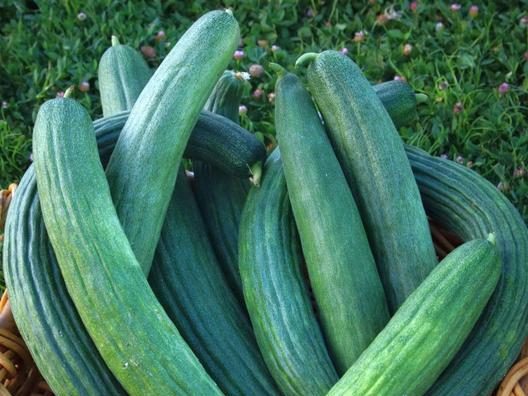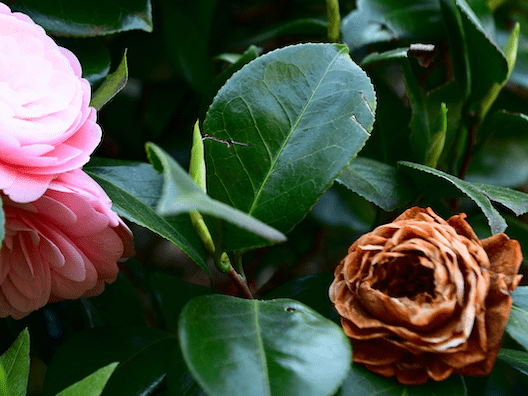About Fava Beans
Also known as broad beans, fava beans are a springtime crop that is widely cultivated for human consumption and also used as a cover crop. The fava bean is actually the oldest known cultivated crop, dating back thousands of years! Today, they are eaten all over the world raw, cooked, or dried. We love them added fresh to salads, cooked in stews and sauces, and dried as snacks. Fava beans are easy to grow and are high in protein and other important nutrients.
When to Plant Fava Bean Seeds
Fava beans are not true beans—they are actually related to vetch. Because of this, the plants will not produce beans in the hot summer heat. If your winter is mild, you can plant the seeds in the fall for a winter or spring crop. You can plant fava bean seeds in the spring after the danger of frost has passed in any region.
Where to Plant Fava Bean Seeds
Choose a spot in your garden that has healthy, well-draining soil with full sun. As we have learned from other beans, fava bean seeds produce plants that are often used as a cover crop to add nitrogen to the soil.
How to Plant Fava Bean Seeds
Plant your bean seeds about 1 ½ inches deep in well-drained, healthy soil. Cover the seeds with soil and lightly water the area. You can add legume inoculants to the soil when planting the seeds for enhanced results. The plants tend to be bushy and can grow between two and six feet tall. Because of this, you’ll want to plant the seeds between four and six inches apart.
Fava beans, like other legumes, fix their own nitrogen into the soil and therefore don’t usually require additional feeding. However, working compost into the soil can help with growth, especially if the soil is nutrient-poor.
How to Harvest Fava Beans
Fava beans take between 80 and 100 days on average to reach their harvest, though that can change with variety and climate. Harvest your fava beans when you notice the pods are bright green but have turned plump. Pick individual pods by twisting them off the plant or using scissors. Don’t wait too long, or the beans will end up tasting dry. The leaves of fava bean bushes are also edible, and they make a nutty and sweet addition to salads.
In addition to removing the pods, fava beans have a thick skin that needs to be removed before cooking. You can usually just pop them out of their skins, but know that it can be time-consuming if you’re doing a large quantity. Shelled beans can be used immediately, stored in the refrigerator for a couple of days, or frozen for later use.
Once the plant starts flowering, pinch off the top couple inches of growth to encourage a bushier habit. Prune plants to a few inches from the ground after you’ve harvested the ripe pods. If your temperatures are still suitable for growing fava beans, the plants might regrow and provide a second harvest.


